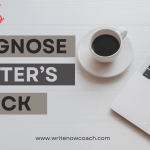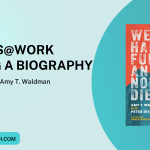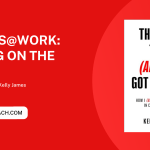Connect Your Assets
December 22, 2020
Note From Rochelle
Dear Writers,
I’m working today and tomorrow and then…I’m off for the rest of the year. Yay! I’ve got big plans that involve a stack of books!
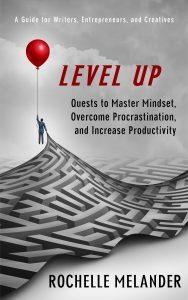 Today’s tip is based on a chapter in my book, Level Up: Quests to Master Mindset, Overcome Procrastination and Increase Productivity. Just in time for your New Year dreaming, the ebook is on sale at Amazon for just 2.99.
Today’s tip is based on a chapter in my book, Level Up: Quests to Master Mindset, Overcome Procrastination and Increase Productivity. Just in time for your New Year dreaming, the ebook is on sale at Amazon for just 2.99.
Enjoy!
Rochelle
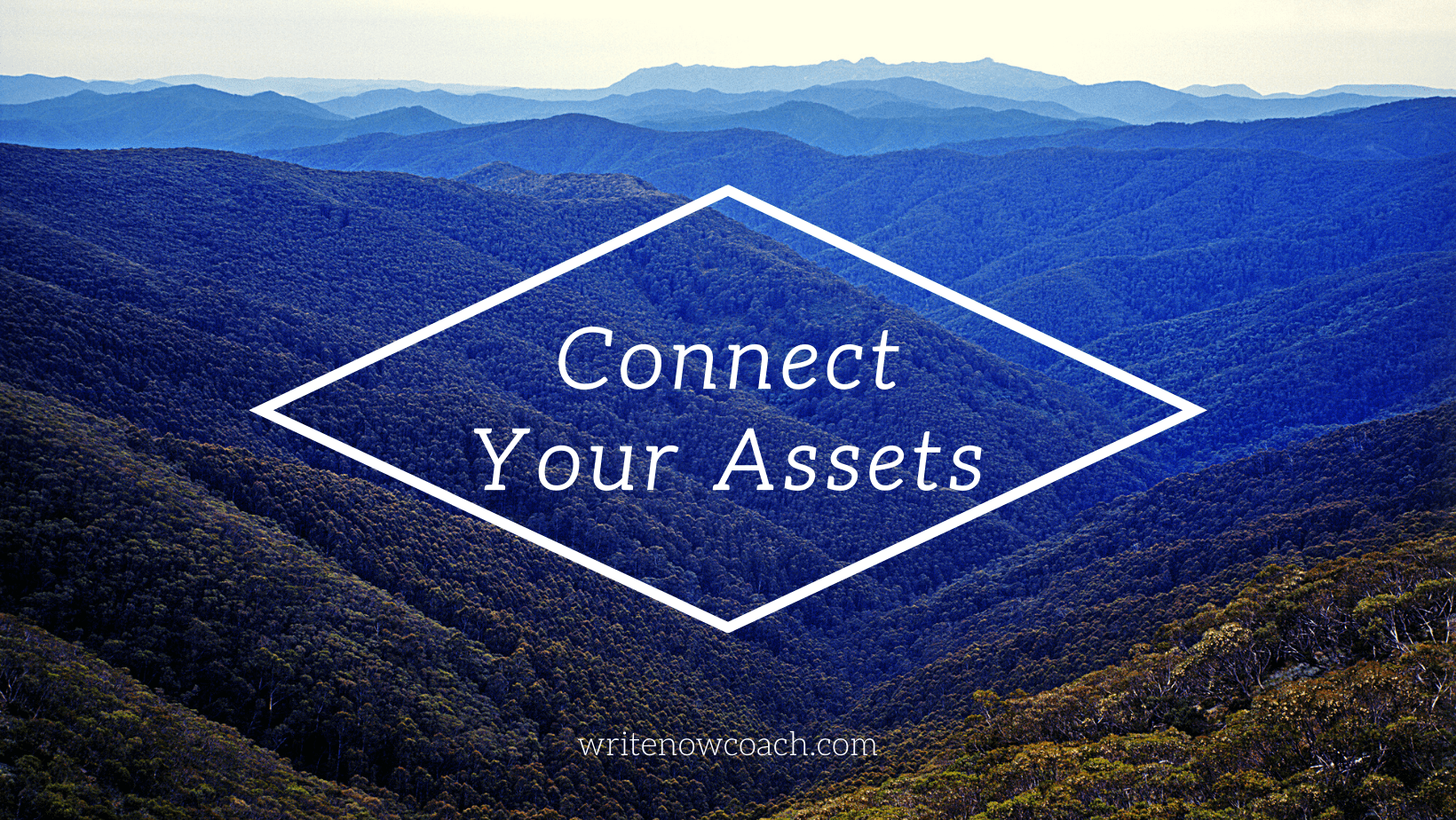
Connect Your Assets
by Rochelle Melander
Eventually everything connects—people, ideas, objects.
– Charles Eames
When our book group used to meet in person, everyone brought a dish to add to the table. We often didn’t plan what we were going to bring but somehow it all worked out. (Okay, often we had five desserts, but no one sees that as a problem!) And even with the abundance of desserts, our combined offerings usually made a meal.
When we evaluate our assets individually, they may not look like much. But when we combine our assets, we can find unique ways to use them. For example, I’m tempted to dismiss my short stint as a trainer at the Y. But when I combine that with my love of exercise, my connection to local trainers, and my writing skills—I’ve discovered a whole new field to write about.
In this quest, you will play with combining your assets, knowledge, and passions to create unique and fun opportunities.
The Quest
In Luther Snow’s book, The Power of Asset Mapping, he teaches a simple asset mapping process that works well for groups. I’ve adapted it here for individual use.
Step One: Name Your Assets and Passions
If you completed the exercise in last week’s tip, you named your passions. Get out that list. Using a stack of index cards, a pad of sticky notes, or other small sheets of paper, transfer each asset from your list to a single note card or piece of paper. So you might have cards that read: “marathon runner,” “avid reader,” or “Art Museum Membership.”
Step Two: Play with Your Cards
Combine the cards in interesting ways to create actions that use two or more assets, knowledge, or passions. Don’t judge or discard combinations because you cannot see how they’d work in the real world. Just let the cards speak. Sometimes the oddest combinations result in brilliant ideas. The actions you design might be a writing project, art installation, event, class, performance, or just about anything else you can create. When you have an action represented by a cluster of assets—give it a title.
Take my example above. I combined my work as a trainer with my love of wellness and writing to discover a new writing niche. But what if I stretched my imagination and combined these assets with my interest in fashion? Maybe I could write for a company that sells fitness clothing.
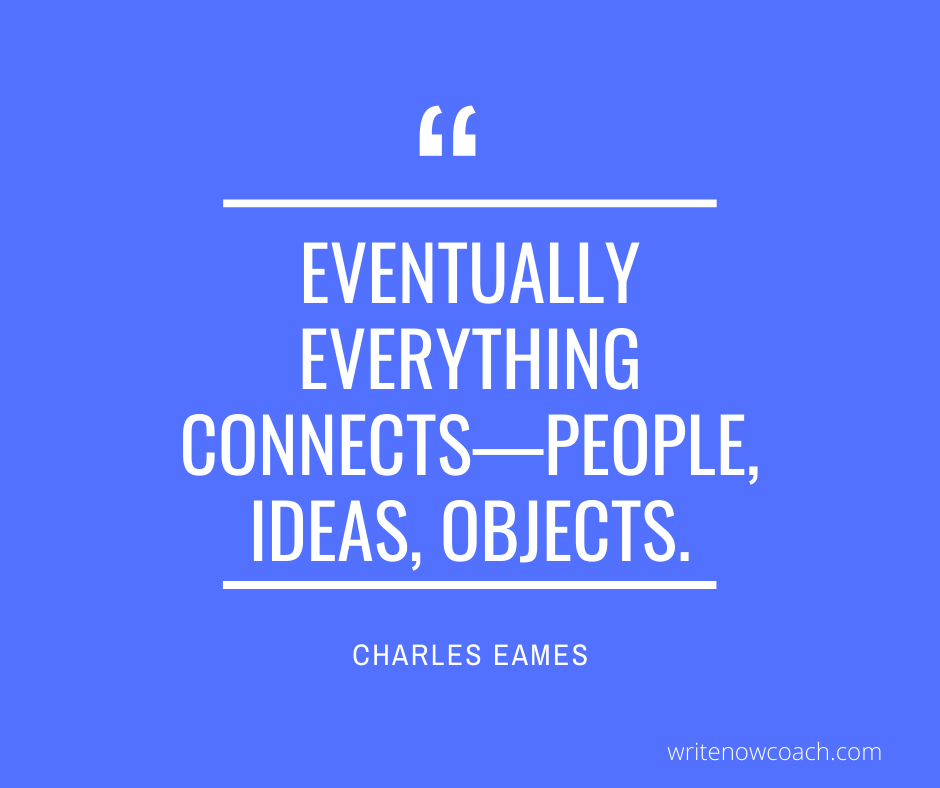
Step Three: Evaluate Projects
When you are finished with Step Two, you’ll have a bunch of actions you could take. Take photos of them or simply transfer them to your journal or a computer document.
Look at your list of possible project ideas and star the three to five ideas that you’re most excited about right now. These might be a mix of writing projects and other goals. Evaluate each item based on the following tests:
- The Passion Test: Does the idea of working on this goal energize you?
- The Purpose Test: Is the goal connected to your life’s purpose?
- The Definition Test: Is the goal clear, concise, and achievable?
Step Four: Choose!
When you’ve put your potential goals through the previous tests, does any one goal pass all three tests? As you look at the list, is there one project you really want to finish this year?
For the Win
Isn’t it amazing to know that all the wild experiences you’ve had in your life might lead to bigger and better things? Now that you’ve seen how this works, maybe it’s time to take a look in your refrigerator. What can you combine to make a delicious meal?



